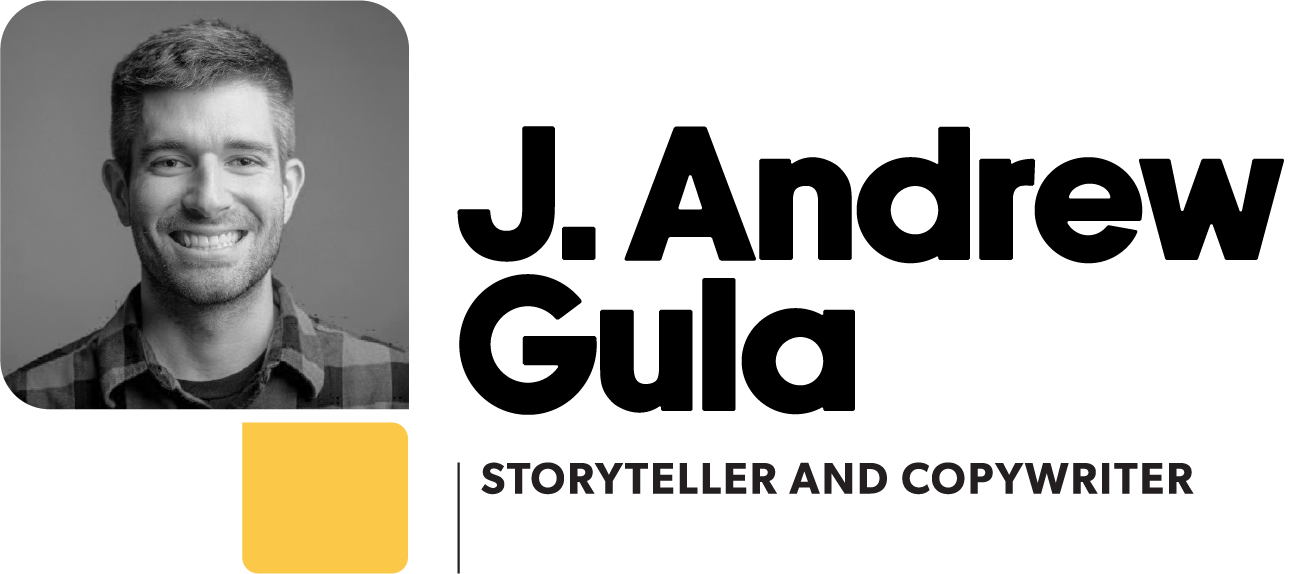Finding and Using Feedback for Creative Projects
Sometimes, feedback leads to big changes.
That’s true of everything in life, and creative endeavors are no exception. I love getting input on projects in the early stages, and I usually seek it out from a few different people. And not just any people either: Positive affirmation is great, but I want feedback from someone who will point out flaws or holes to help me sniff out and correct issues before I get 100,000 words into a story.
So, while I continued my worldbuilding overhaul of Varheim, I started collecting feedback. And of course that led to perhaps one of the biggest series of changes I’ve ever made to a writing project.
I spent most of April, June, and July worldbuilding (or rather “remaking”) Varheim. I knew I loved the shape of the landmass, and the races I had created, but I also knew I needed a fresh take on it. So I spent a week in August coming up with a new version of that map, something that looked and felt bigger, more of a “world” than a single “land” if that makes sense.
Here’s what I settled on:
If you compare this to previous renditions of Varheim, you’ll notice a lot of similarities…but also some key differences. I brought the lands together, added more unique islands and offshoots, and totally scrapped the idea of highlighting a north pole. (Actually, I decided that this land would be south of the equator, but I can dive into all of those specifics in another post.)
A healthy feedback loop
Over the course of this year, I’ve gotten plugged into some worldbuilding subreddits. I’ve seen and replied to dozens of “Here’s my map — what do you think?” posts, and I’ve been inspired by dozens (if not hundreds) of truly spectacular maps. So, I decided to create my own post, sharing my new version of Varheim to collect whatever feedback I could.
To be clear, there wasn’t a lot to work with. When you compare that with most other maps on r/worldbuilding or r/wonderdraft, you’ll see what I mean. A blank map doesn’t really offer much of anything for people to comment on, but the handful of replies I got agreed on three things:
The overall shape of Varheim is visually interesting.
The total landmass looks too small to be a world map.
It’s hard to critique or praise a map with nothing on it.
Topic #1 is what I really wanted, confirmation that the overall shape was compelling. I already knew the general location of things like mountains, forests, and even the different territory lines between races. But Topic #2… It gave me something to think about.
I didn’t really believe that Varheim was the only landmass on the world. In fact, “Varheim” was more of a name for the fantasy realm; the lands themselves were Beriand, Wilderun, and Huna-Eryn. And while my idea to merge them all into a more unified shape gave me something that looked nicer, it also reduced the sense of scale. Suddenly two sub-continents became a single continent. I hadn’t expected that, but as I thought through it, the comment made sense.
So I gave myself a new mission: I would expand the scale of this project. In fact, I wouldn’t just add other continents — I would craft (and populate) the entire world of Varheim.
That didn’t mean adding mountains or roads or even major cities to every speck of land on this new (currently nonexistent) world map. And it certainly didn’t mean brainstorming every historical event or pinning down each civilization that inhabits Varheim. But it would give me an even bigger clean slate to work with, something with potential rather than questions.
…but where to start?
The value of recycling old ideas
This probably won’t surprise you, but I wasn’t content to just make a new map. As my vision for a world map began to take shape, I turned to a few friends for feedback…which led to more questions.
Were the continents previously a Pangaea-type supercontinent? Did any civilizations span continents? What about travel and exploration by sea? Where did that big crater come from? How did the planet’s rings for? (Yes, Varheim is a ringed planet.) Do any cultures share theological beliefs?
If I thought crafting a world map would be a challenge, then I think I still under-sold it. I had no way of predicting just how enormous each of these questions would become. Because as I thought about how my world came to be, and why magic exists in some lands but not others, my list of puzzles to work out grew and grew and grew.
All of this led to a new challenge: Okay, I’d start simple. I’d make a one-page document that covered the origin of Varheim as a world, with no focus at all on the civilizations that inhabit it.
That one-page document grew into a weeklong search for answers. But then, at long, lost last, Varheim took shape. Not just a continental map for the purpose of my next novel, but…everything. The world map. The solar system. The creation story. The mythos that fuels the beliefs of most of the races that inhabit Varheim, and how each culture came to be.
I’ve honestly never been more proud of a map, or more excited about what the worldbuilding process means for the stories to come after. In fact, this world will encompass everything: From the stories I’ll write in 2023 to the novella I wrote in 2021 all the way back to my very first fantasy novels, which I wrote in college (2008-2012). Varheim grew from a new project to something so vast and wonderful that I can’t wait to dive into all the details and piece it all together.
To learn more about that, you’ll have to read next week’s update. But I guess it’s only fair to give you a peek at my totally-unfinished-hand-drawing of Varheim!



